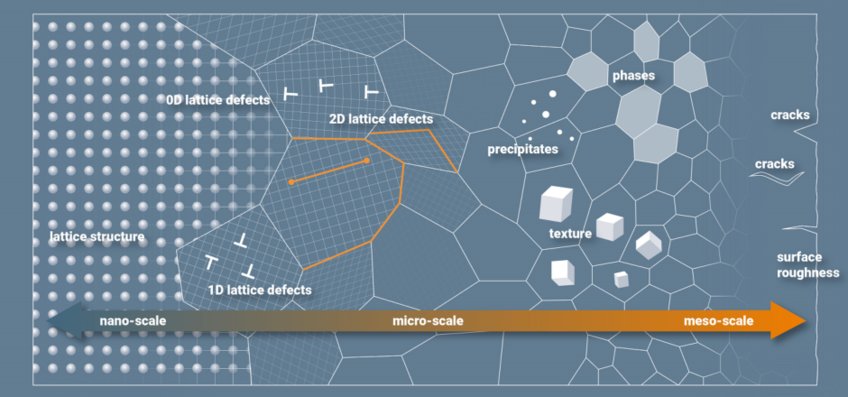This project investigates if particle strengthening is a viable mechanism for compositionally complex alloys (CCA) showing exceptional mechanical properties. Whether precipitates form analogously to conventional alloys, and, if so, with similar precipitation kinetics, still needs to be studied. Extending the concept of CCA to intentionally particle strengthened CCA (p-CCA) in a systematic way requires full microstructure analyses down to the atomic level.

